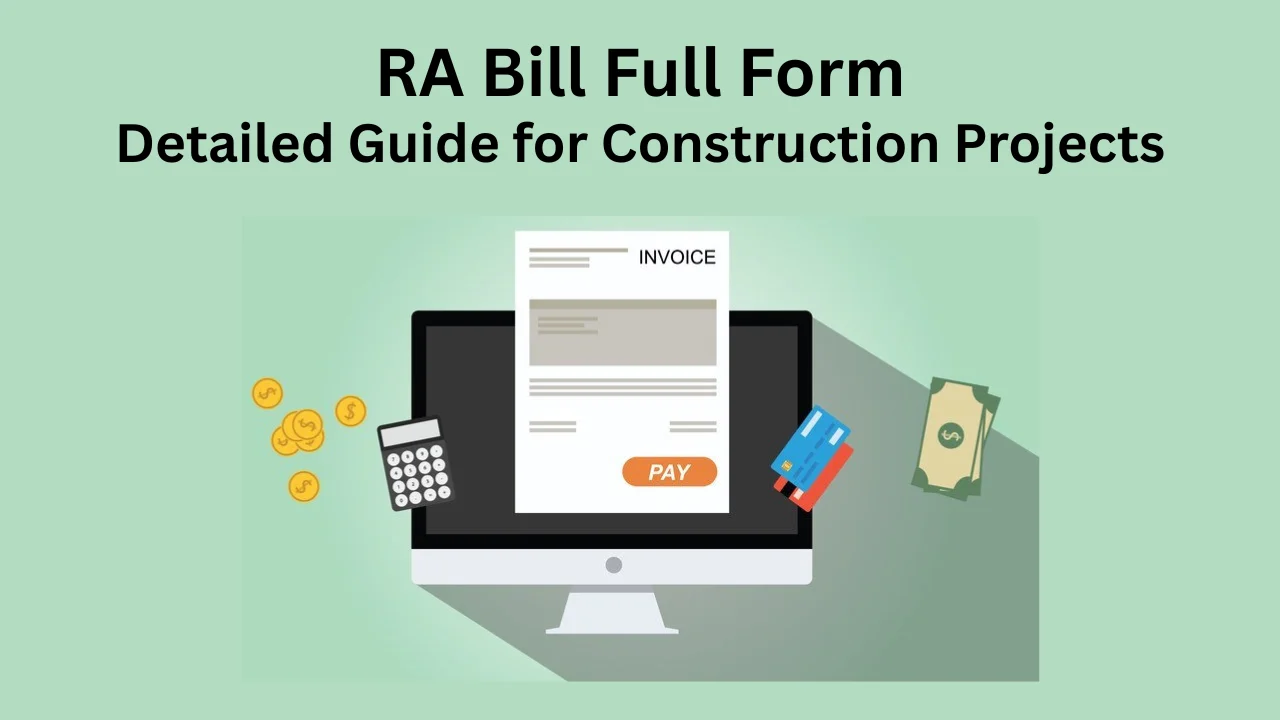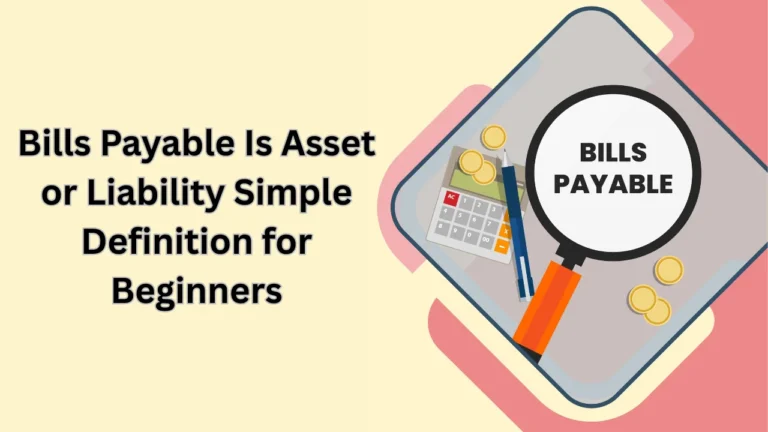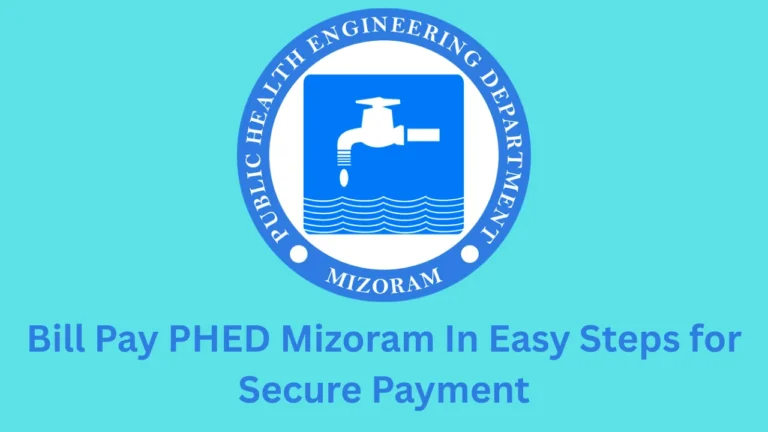When dealing with construction projects and contracts, you often hear the term RA bill full form. Many people are curious about what it means, how it works, and why it is important in the construction world. At the beginning of any project, financial tracking is critical, just like using tools such as zila sahkari bank balance check number to keep an eye on your accounts. Similarly, RA bills are the backbone of project billing and help contractors and clients stay aligned financially.
What is RA Bill Full Form?
The RA bill full form stands for Running Account Bill. It is widely used in construction projects where contractors are paid in installments based on the progress of work. Instead of waiting for the project to finish, the contractor prepares a running account bill after completing a certain portion of the work. The client reviews it, verifies the work, and makes payment for that stage.
This system makes the process smoother for both the contractor and the client. It reduces financial pressure on the contractor and ensures the client pays only for work that has been verified.
Why RA Bill Full Form Matters in Construction
The RA bill full form is not just a phrase; it is a practical system that shapes modern construction projects. Without it, contractors would face delays in payments, and projects could slow down due to cash flow issues. By preparing RA bills regularly, both parties can maintain transparency.
For instance, if a contractor builds the foundation of a building and submits an RA bill, the client pays for that specific stage. The rest of the payment is cleared later as the project progresses. This cycle continues until the final bill is settled at the completion of the project.
Components of RA Bill Full Form
The RA bill full form is not just about a document. It is a structured billing process that includes specific details. Each running account bill usually contains:
Contractor and client details
Description of completed work
Measurements and quantities verified on site
Rate analysis of each item
Previous payments and adjustments
Total payable amount for the current bill
Difference Between RA Bill and Final Bill
People often confuse the RA bill full form with the final bill. They are not the same.
| Aspect | RA Bill | Final Bill |
|---|---|---|
| Purpose | Interim payment during work progress | Final settlement after project completion |
| Frequency | Raised multiple times during the project | Raised once at the end |
| Amount | Partial, based on work done | Complete, covering the entire project |
| Adjustments | Includes adjustments for previous bills | Adjusts everything for final balance |
This difference makes RA bills unique and essential for ongoing projects.
Process of Preparing RA Bill
The preparation of an RA bill follows a clear process. The contractor notes down the work done since the last bill. Then measurements are taken, verified by the site engineer, and recorded in a measurement book. Rates from the contract are applied to the quantities, and the payable amount is calculated.
Once the contractor submits the RA bill, the client checks it, deducts any advances or previous payments, and makes the balance payment. This continues until the final bill is raised. The RA bill full form ensures that financial dealings remain systematic and transparent.
Example of RA Bill in Practice
Let’s take a construction project where the total contract value is ₹1 crore. After finishing the foundation, the contractor submits the first RA bill worth ₹20 lakhs. The client verifies and pays. Next, when the superstructure is completed, another RA bill worth ₹30 lakhs is submitted. This continues until the entire project is done, and then the final bill settles the remaining amount.
The RA bill full form shows its value here because it reduces financial stress on contractors and ensures regular cash flow.
Importance of Verification in RA Bill
Verification plays a huge role in the RA bill full form process. Every quantity and measurement must be checked against the work done on-site. This avoids overbilling or underbilling. If a contractor claims extra work, it must be supported with records. The site engineer or client representative confirms before payment is made.
This ensures trust between both parties and prevents disputes later.
RA Bill and Client Satisfaction
Clients often prefer the RA bill full form because it gives them control. They do not need to release the full contract amount upfront. Instead, they pay based on the visible progress. This system makes clients more comfortable investing in large projects.
At the same time, contractors benefit by getting regular payments. This cycle makes the RA bill a win-win process.
RA Bill vs Advance Payment
Contractors may receive advance payments at the start of a project. However, advances are not linked to work progress. In contrast, the RA bill full form is directly tied to actual progress.
| Factor | Advance Payment | RA Bill |
|---|---|---|
| Link to Progress | Not linked | Based on completed work |
| Risk for Client | High | Low |
| Transparency | Less | High |
| Adjustments | Adjusted in later bills | Adjusted in every running bill |
This shows why RA bills are more reliable than large advance payments.
RA Bill in Public Projects
In government and public projects, the RA bill full form becomes even more important. Public funds need proper accountability. Each RA bill is verified by engineers and approved before payment is made. This ensures taxpayers’ money is used properly.
For example, if a road project is worth ₹50 crores, RA bills allow stage-wise payments and tracking. This avoids misuse of funds and ensures transparency in public works.
Digitalization of RA Bills
Today, many contractors and clients use digital tools for preparing RA bills. Online systems help in generating, verifying, and tracking running account bills. Just as tools like bank of maharashtra balance check number make banking smoother, digital RA bills make construction billing more accurate and faster.
With digitalization, errors are reduced, and all records are stored for easy access. This shift improves efficiency in the entire process.
Challenges with RA Bill
Even though the RA bill full form is beneficial, it comes with challenges. Some of these include:
Disputes over measurements and quantities
Delay in verification by clients
Errors in rate analysis
Payment delays due to paperwork
Addressing these issues is important to make the RA bill system smoother.
Future of RA Bills
With more projects and advanced technology, the future of RA bill full form looks promising. Digital tools, AI-based measurement tracking, and smart contracts will make RA bills faster and more transparent. Contractors and clients will benefit from a paperless process and instant verification.
This trend will reduce disputes and ensure timely payments in large-scale projects.
Conclusion
The RA bill full form is Running Account Bill, a process that has become a vital part of construction contracts. It ensures transparency, regular payments, and smooth progress of projects. By breaking large payments into smaller verified installments, both contractors and clients feel secure.
As digital tools evolve, RA bills will become even more reliable. From small residential projects to massive government works, this billing method continues to play a key role in financial management.
In short, RA bills are more than just documents; they are the financial lifeline of the construction industry.




